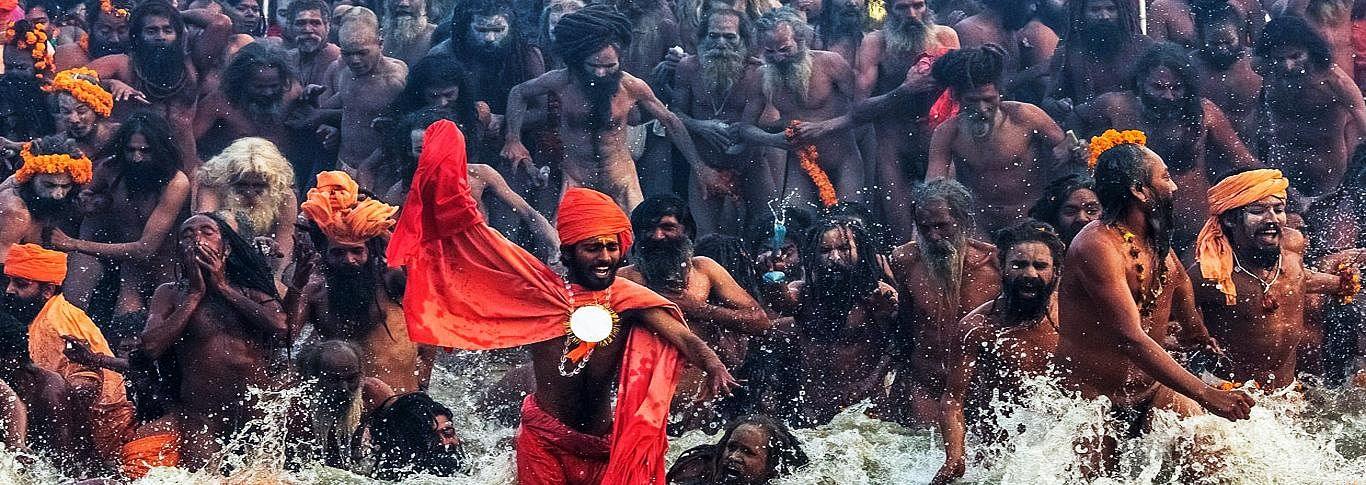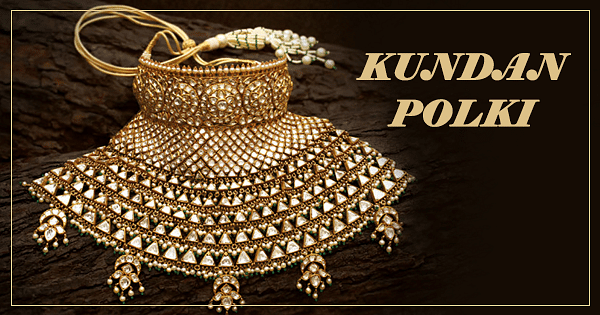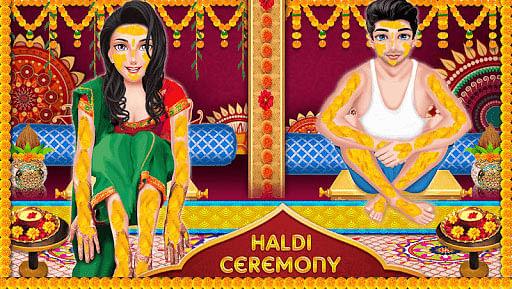KUMBH MELA- a gathering of mystics, a celebration of faith, a spiritual awakening, a journey of redemption; call it whatever you may please, but the appeal of this largest religious human gathering in the world is all-encompassing.
In India, we celebrate a lot of fairs with as much aplomb as the festivals but the king of them all is the Kumbh Mela.
KUMBH- meaning 'pitcher, jar, pot', which refers to the nectar of immortality, and MELA means a gathering or assembly. KUMBH MELA hence literally translates into an assembly or union around the nectar of immortality.
The KUMBHA MELA celebration happens four times over a period of twelve years, with the venue of celebration alternating between four important Hindu places of pilgrimage over the banks of four sacred rivers—
The Haridwar Kumbh Mela on the Ganges River,
The Ujjain Kumbh Mela on the Shipra,
The Nasik Kumbh Mela on the Godavari, and
The Allahabad/ Prayag (now Prayagraj) Kumbh Mela at the confluence of the Ganges, the Yamuna, and the mythical Saraswati.

Evidently, the one at Prayag is the grandest and the holiest one attracting millions of pilgrims each time. It is also the venue for the Maha Kumbh Mela held once every 144 years.
Each site’s celebration is based on a distinct set of astrological positions of the Sun, the Moon, and Jupiter, the holiest time occurring at the exact moment when these positions are fully aligned. And that is set as the time of the Kumbha.

The entire purpose of the Kumbha Mela is about the holy bath. It is believed that bathing in the holy river during KUMBHA will lead to cleansing of the human body, mind, and soul of all sin and impurities, and ultimately lead to MOKSHA- the ultimate freedom from cycles of death and birth.
But how did the KUMBH MELA come into being? Why only at these four places? Here is a little history to enlighten you-
THE LEGEND BEHIND THE KUMBH MELA

Legend has it that in the ancient times, the gods at one point of time felt a loss of strength and needed Amrit to revive it. They took the help of demigods and decided to churn the primeval ocean of milk or the Ksheera Sagara to obtain jewels and the ultimate nectar of immortality. The mountain Mandrachala became their churning stick, and the Nagraja Vasuki acted as the rope. Lord Vishnu himself became the base for churning when he took the form of Kasava or tortoise so that the Mountain may not submerge into the ocean.
This CHURNING is in itself symbolic of churning of our own mind to get rid of all negative thoughts and ultimately obtain all answers to attain immortality. When Amrit finally emerged, a fight broke out between the gods and demons and the celestial bird, Garuda, flew away with the Kumbh that held the nectar. While he was flying away with the pot, a few drops of it had fallen on to four places that are today known as Prayag, Haridwar, Ujjain, and Nasik. It is believed that these drops gave mystical powers to these places as the planets were aligned in very unique planetary positions at each of these places at the time when the drops fell there. The Garuda flew for 12 divine days which equals 12 human years, and hence the Kumbha is celebrated every 12 years at these four places.
DIFFERENT TYPES OF KUMBH MELA
There is the normal Kumbh Mela which is held every 3 years;
Then there is the Ardh (half) Kumbh Mela, which is celebrated every six years at Haridwar and Allahabad (Prayag);
The Purna (complete) Kumbh mela takes place every twelve years, at four places Prayagraj (Allahabad), Haridwar, Ujjain, and Nashik, based on planetary movements.
The penultimate or Maha Kumbh Mela is celebrated at Prayag after 144 years (after 12 'Purna Kumbh Melas').
Additionally, there is also the Maagha Kumbh Mela which is celebrated only at Allahabad every year during the Hindu calendar month of Maagh.
DEVOTEES AT THE KUMBHA MELA

Sadhus, ascetics, yogis, monks, scholars, teachers, gurus, all ascend the grand Kumbha Mela from all over the world. Besides various sects of these Sadhus and their followers, there are devotees from around the globe who come to experience this religious congregation and take back special memories and lots of spiritual knowledge. Holy men come together to discuss and preach their versions of faith and wisdom. The chant of Kumbha mantras, Kumbha Aarti by the banks of the river, the sheer devotion of millions of people of all races, castes, and creeds who come together to pray and worship, along with the pleasant whiff of incense sticks in the air- one can feel the divine presence around almost instantaneously. There are speeches and bhajans, discourses, debates, and mantra jaaps, Pujas and many customs along with the special SHAHI SNANA or THE ROYAL BATH when sadhus lead by Naga Sadhus take a dip in the river bathe that starts as early as 3 am on the New Moon night.

THE SHAHI SNANA is the major attraction of this entire mela as various sects of sadhus proceed towards the river with much fanfare and spectacle. This bathe is supposed to have the magical cleansing effect that will absolve them from their sins and end the chakra of rebirth. Other devotees proceed to take the bath only after all the sadhus are done with theirs.

Owing to the large number of tourists who flock the Mela, special arrangements are made to cater to their food, shelter, and security. Attending the Kumbha Mela is enlightening and special but it is a daunting task. However, it is an experience of a lifetime that every Hindu aspires to witness once at least in his/her lifetime.
The next Kumbha Mela is going to be held at Haridwar (Uttarakhand) in the year 2021 from 14 January to 27th April and large scale arrangements are already underway. Are you making plans too? Do let us know in the comments below!






















